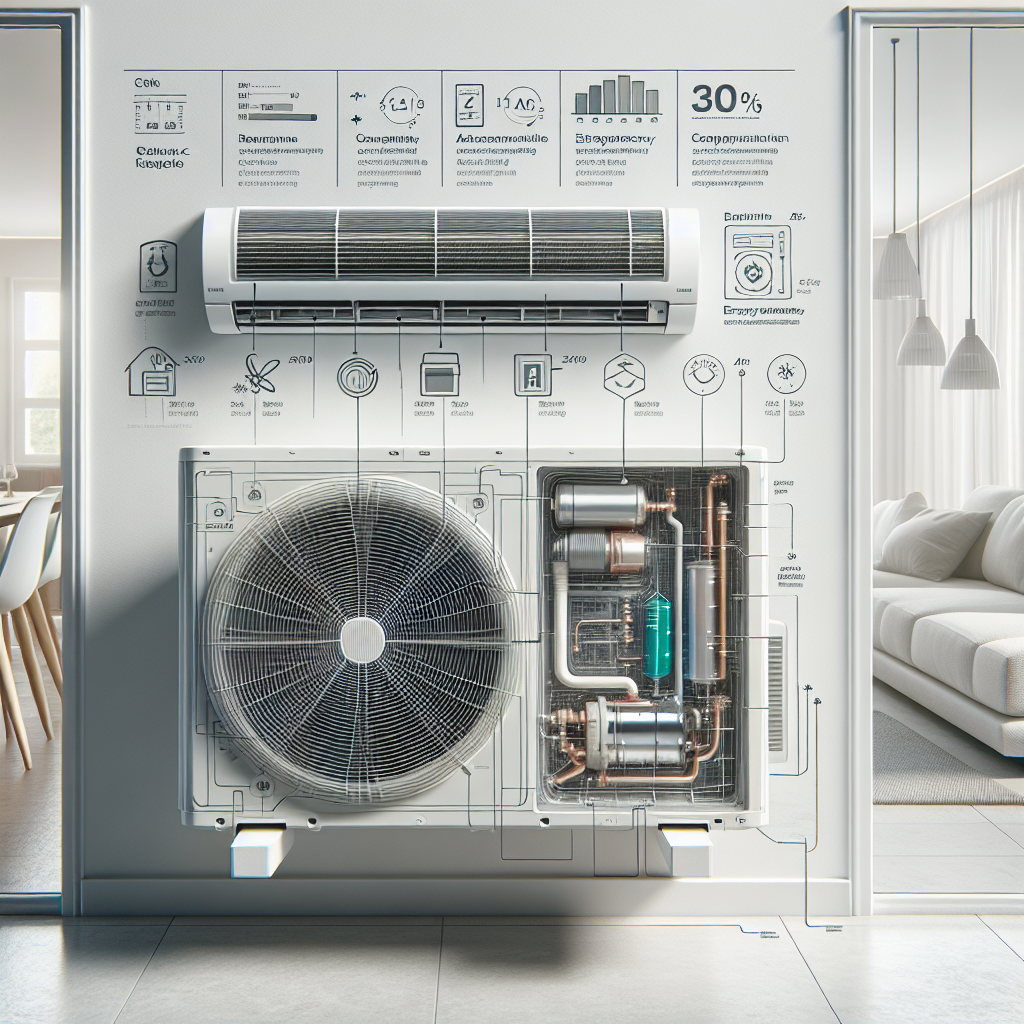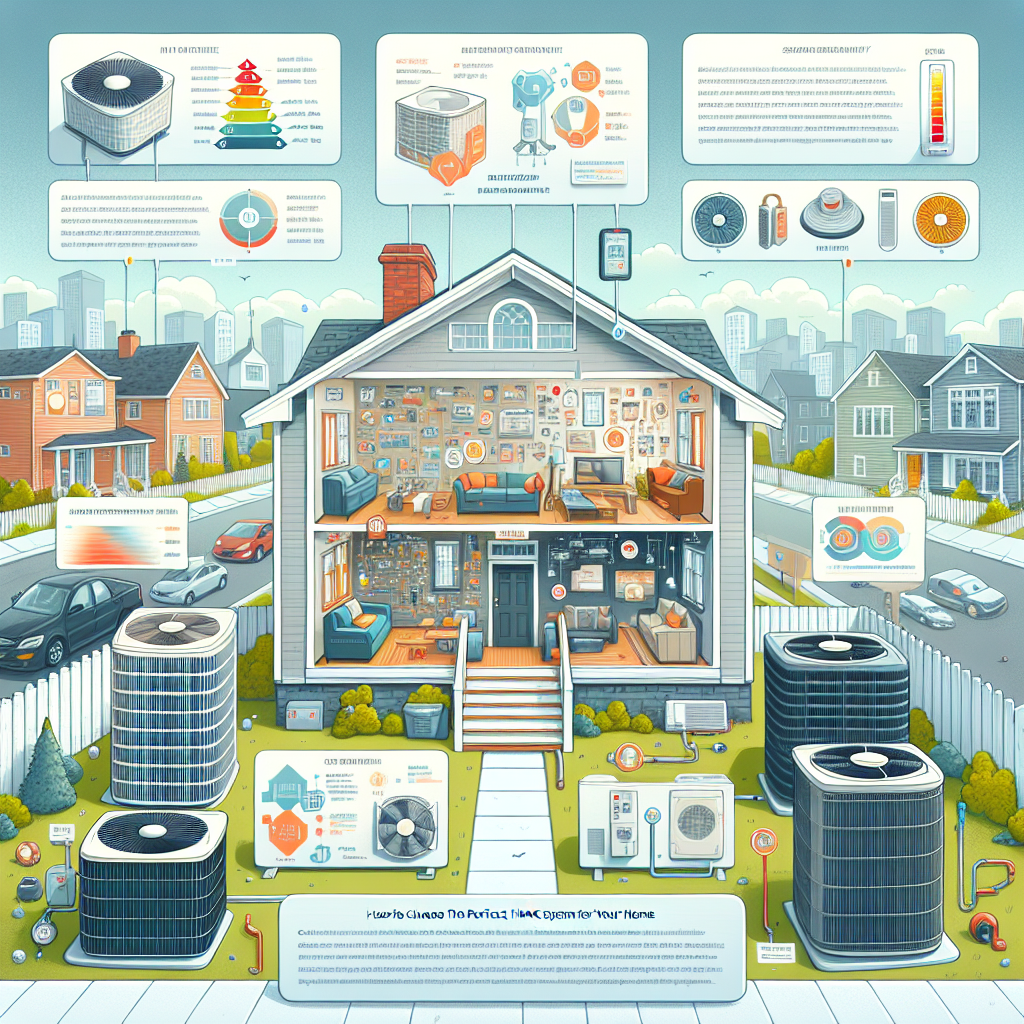Calculating the proper Sized Central AC needed is a slightly complex task
Given that every home is different, the appropriate air conditioner for your house must be selected. The central air conditioner’s design is influenced by several additional elements and the room’s size. These considerations include the roof’s size, the ceiling’s height, the number of windows, the kind of insulation, how much heat is transmitted through the walls, etc. Usually, the size recommendations made by the manufacturer may not consider these things and so may be incorrect.
How much central cooling do I need?
If you want to experience efficient cooling, choosing the proper size air conditioner for your home or place of work is crucial. In addition to the AC’s ability to chill a particular area, an effective air conditioner’s (AC) size also delivers benefits, including comfort and cost savings.
To adequately size an air conditioner, you must understand the following:
- Size considerations for AC units
- How large should the central air conditioner be?
- Techniques for calculating cooling needs
- Considerations of place, size, and area
- The Importance of Size in AC Installation
Why Size Matters:
The size of an AC unit indicates its cooling capacity. The equipment’s price rises as cooling capacity does. Your new central air conditioner’s size should be determined by several factors, including the climate, the location of your house, its size, insulation, and more. With so many elements to consider, working with a local expert can give you the confidence that you’re cooling needs will be successfully met for years to come.
One of the following three things will occur if you choose an AC unit without seeking advice from a professional:
- An oversized air conditioner won’t go through its entire cycle; instead, it will switch on and off continually since it can cool your home or place of work too quickly and result in charges.
- An inadequate air conditioner will operate continuously and cost you money if it cannot cool your home or place of business.
- Correct Size: Your air conditioner will run efficiently, finish its cooling cycle, and switch off when it should, save you money!
Size of a central Air Conditioner
Two critical measurements are necessary to assess your AC unit’s cooling capacity. the subsequent measurement:
BTU: British thermal unit is the heat needed to raise a pound of water’s temperature by one degree Fahrenheit.
- Tonnage: The refrigeration ability of an air conditioner is stated in “tonnes.” Using a tonne of air conditioning, 12,000 BTUs (British Thermal Units) may be cooled in an hour.
BTU and Ton calculations:
- Calculate the square footage of the area you wish to cool.
- Subtract 500 square feet from the area’s size.
- Increase the amount by 12,000 (from Step 2). This amount of BTUs must be removed by your system to cool the space.
- Every person who spends the whole day in the region will increase BTU production by 380.
- Increase the temperature by 1,000 BTU for each window. 1200 BTU should be added to each kitchen.
Based on the results of this calculation, you may be able to estimate the minimum BTU cooling capacity your air conditioner requires. Since AC units are rated in tonnes, the size of the system must be determined by dividing the necessary amount of BTUs by 12,000 instead.
Think about this: size considerations for 8 to 10 tons of air conditioning units vary from 100,025 to 125,000 BTU.
After calculating BTUs, technicians may help you determine the actual AC unit needed based on your house’s unique needs. The following details each factor’s importance and impact on proposed BTUs:
Region
Depending on the climate, a different quantity of air conditioning may be required to cool a space of square feet.
Despite possible regional variations in the number of square feet BTUs needed for standard residential square footage sizes, they often fall within this range:
BTUs Needed Per Square Foot of House
1,000 – 1,200 21,000
1,200 – 1,400 23,000
1,400 – 1,500 24,000
1,500 – 2,000 30,000
Real Estate Design & Construction
Factors in houses and businesses, like insulation, windows, and building type, may affect the size of the AC unit. There are several factors to consider before investing in a new team.
What is a Manual-J?
It is a tool created by the Air Conditioning Contractors of America to help contractors plan a heating and cooling system. The two distinct manual-J calculations are room-by-room load calculations and whole-house load estimates.
Cost and Efficiency Aspects
Sometimes replacing a central air conditioner also involves replacing the furnace. A more cost-effective estimate may be obtained by comparing bids for replacing the furnace and AC separately vs. replacing both simultaneously.
It’s essential to think of buying a new AC unit as a long-term investment, even if the initial cost could be higher. Since they consume less energy, more recent teams will pay for themselves in a few years. The benefits of more modern machines include new industry ratings, programmable temperature settings, and energy-saving capabilities.






